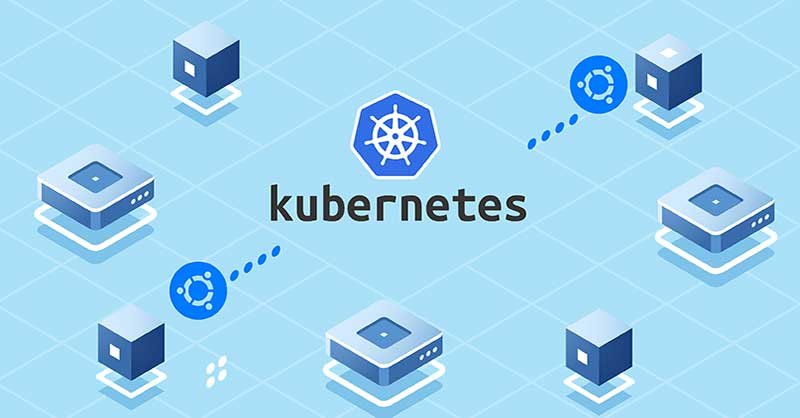
Kubernetes has become the go-to platform for container orchestration, allowing organizations to manage and scale their applications seamlessly. However, for beginners, understanding the various components of Kubernetes can be overwhelming. In this blog post, we will simplify one of the critical aspects of Kubernetes: the Control Plane. We will break down the Control Plane components into simple terms, making it easier for you to grasp their functions and importance in your containerized environment.
What is the Kubernetes Control Plane?
Before diving into the individual components, let’s first grasp the concept of the Control Plane. Think of the Control Plane as the brain of your Kubernetes cluster. It’s responsible for making decisions about what needs to happen in your cluster to ensure your applications run smoothly. When you interact with Kubernetes, you’re typically communicating with the Control Plane.
Now, let’s dissect the Control Plane into its key components:
1. API Server: The Communicator
Imagine the API Server as the spokesperson of your Kubernetes cluster. It serves as the front door to Kubernetes, receiving all your requests and acting as an intermediary for the Control Plane components. When you want to create, update, or delete resources (like pods or services), you do it through the API Server. It validates your requests and ensures they are carried out correctly.
2. Etcd: The Memory
Etcd is Kubernetes’ memory. It stores all the crucial information about your cluster’s state. Think of it as a distributed key-value store where Kubernetes stores configuration data and metadata about your cluster, such as the desired state of objects, ongoing tasks, and cluster configurations. It’s highly reliable and ensures consistency, even in the face of failures.
3. Controller Manager: The Supervisor
Just like a supervisor at work, the Controller Manager ensures that your cluster matches your desired state. It continuously watches the state of your cluster and compares it to the desired state. If it detects any differences, it initiates actions to bring the cluster back to the desired state. For instance, if you want three replicas of your application running, the Controller Manager makes sure that there are always three instances, no more, no less.
4. Scheduler: The Organizer
The Scheduler is responsible for finding the best place for your workloads (pods) within your cluster. It takes into account factors like resource availability, affinity, and anti-affinity rules. Think of it as the organizer of a party, ensuring each guest (pod) finds the right seat (node) according to their preferences and constraints.
In Simple Terms:
- The API Server is the communicator that takes your requests.
- Etcd is the memory that remembers everything about your cluster.
- The Controller Manager is the supervisor that maintains your desired state.
- The Scheduler is the organizer that finds the best spot for your workloads.
Conclusion
Understanding Kubernetes Control Plane components is a fundamental step towards mastering Kubernetes orchestration. By simplifying these components into everyday terms, we hope you now have a clearer picture of how the Control Plane operates. Remember, the Control Plane is the brain behind Kubernetes, ensuring your applications run smoothly and efficiently, just like a well-organized party where every guest has their perfect seat. With this knowledge, you’re better equipped to navigate the world of container orchestration and take full advantage of Kubernetes’ capabilities.
Kubernetes Control Plane Nodes: https://devopstipstricks.com/understanding-kubernetes-control-plane-components-in-simple-terms/